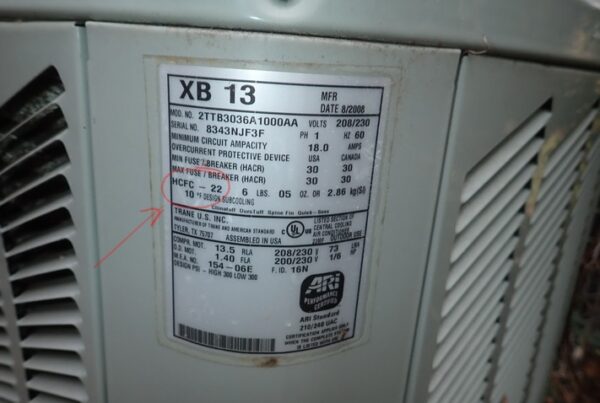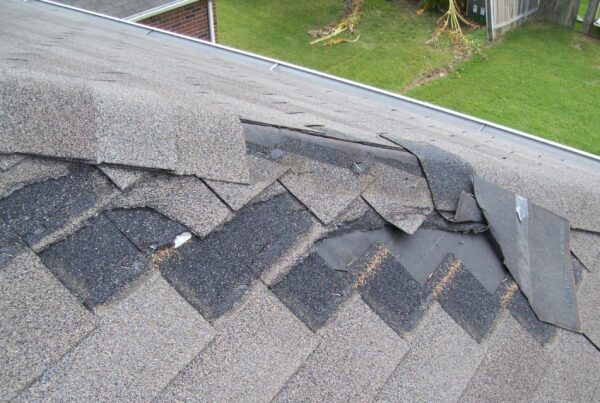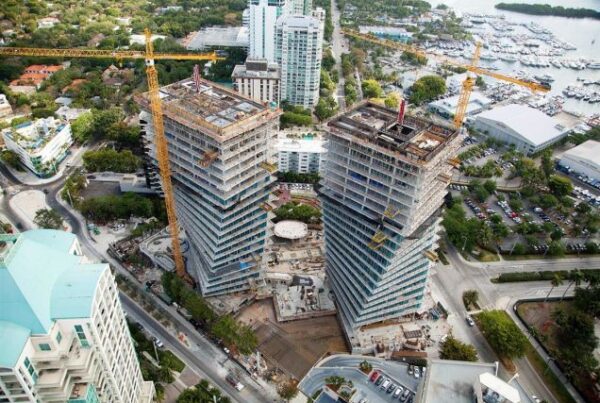As the resident of an island and geographical area where many waterfront homes are encountered, structures to protect and stabilize shorelines are commonplace. Many such structures are “designed” and built by marine contractors using an empirical approach to their work. Often, observing a particular structure allows one to identify the contractor who built it.
More times than not that empirical approach works reasonably well because the contractor, over time, fine tunes the construction method to achieve a durable system. The good contractors prevail and stay in business; those with less effective approaches are gone after a few years. In the course of my inspection engineering practice I had many opportunities to observe and inspect shorefront structures, and on a number of occasions had an opportunity to design them as well. In many cases I discovered that what was built was not necessarily adequate for the particular task at hand, but the system seemed to generally achieve the owner’s expectation so it was moot. In those cases where I had design responsibility I usually found my design to be more robust than what the contractor might have chosen to provide based on past practice.
Such structures are not only found on tidal shorelines, but on rivers and lakes too. So having an understanding of them is important for the building inspection engineer because they can be encountered in many places where vertical shoreline stabilization is needed. You should also keep in mind that these structures often are referred to as “shoreline hardening” and is a term sometimes applied when more natural approaches to shore-front stabilization is desired. In fact some jurisdictions may go so far as to regulate shoreline stabilizing methodologies to avoid a “hardened” appearance.
Although my part of the country also includes areas where protection against breaking waves is desired, few if any of the shoreline stabilizing structures I have encountered appear to have been designed for such loads. Such structures might typically be referred to as “bulkheads” and are primarily intended to handle the weight of soil behind them and any surcharge loads.
When a shoreline hardening structure can resist the loads applied from waves, it is usually referred to as a “seawall.” In addition, a properly designed and constructed seawall has the ability to withstand uplift, scour, and storm surge action. Over many years of inspection work on eastern Long Island and a history of working with and examining the work of one of the area’s long term and prominent marine contractors, virtually none of the vertical shoreline stabilizing structures I have observed clearly qualify as seawalls. In most every case they are more properly referred to as bulkheads.
Probably the most common failure mode for many such structures (apart from aging and wood decay of the main structural components) is scour. Wave action along the foot of the structure, and the ebb and flood of the tidal cycle, gradually erode material at the base until all substrate is removed. While the structure may bridge the void, soils retained behind the wall can now subside into the void, creating hollows. Over time a complete loss of integrity ensues and repair or rebuilding becomes necessary.
Such conditions can also be exacerbated by overtopping due to surges or more extreme wave action. As water flows behind the wall into the hollows it can further wash material out from under.
Preventing scour can include a number of options and rarely have I seen those used in structures that follow empirical design and construction as opposed to a truly engineered approach. That is not to say that a marine contractor cannot build an adequate bulkhead without engineering. In my area such structures that appear to meet the expectations of both residential and commercial property owners are quite common place, and maintenance expenditures every few years on such structures are acceptable to the owners. Those in the marine engineering area out here refer to it as “job security” for the marine contractors.
In these non-engineered structures scour is largely addressed by attempting to drive sheathing to a depth below which the contractor believes scour will occur. Of course this is a time-based consideration because many locations will simply scour out after some number of years, regardless of how deep the sheathing was placed. Recognizing this potential problem and alerting an owner is paramount in observing and reporting on such structures.
Another aspect to consider in such structures is the tie-back or deadman system helping to restrain the wall. Again this is an area where careful engineering analysis of anticipated loads can contribute to life expectancy, but for the most part contractors often take a seat of the pants approach to this system as well.
Inspection engineering of all such structures probably should take a two part approach. First, ask yourself if the structure can retain soil, handle surcharge loads, resist wave action, resist uplift, handle overtopping waves and storm surge, and resist toe scour. Keep in mind that unless your inspection services also include some engineering analysis these observations are largely visual tempered by professional engineering judgment. Also remember that some of these aspects are unable to be seen. In fact such concealment below the surface caused my former partner and I to occasionally snorkel along bulkheads and is the reason I ultimately obtained a SCUBA certification.
Second, once a conclusion is reached concerning the points listed above, you can assess the adequacy of what is in place. Keep in mind that just because certain design elements have not been addressed does not mean the wall is a failure. Explanations in your report that alert your client to the fact that the wall appears to be an unengineered structure but through periodic maintenance has remained serviceable are of great help. Such comments also set the stage for your client to expect future costs to maintain the structure. Needless to say if such structures display serious shortcomings alerting your client to the need to retain professional engineering services for proper design is advisable.
*This article was posted in the Fall 2010 edition of The Examiner.


